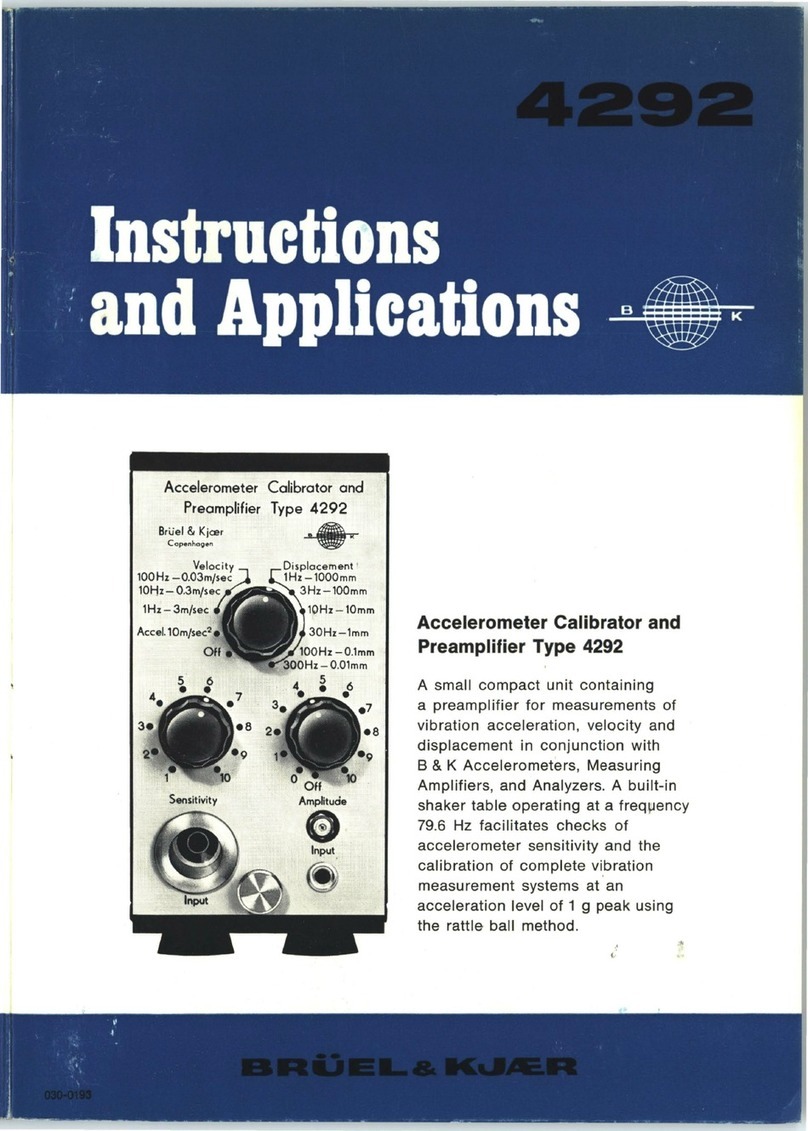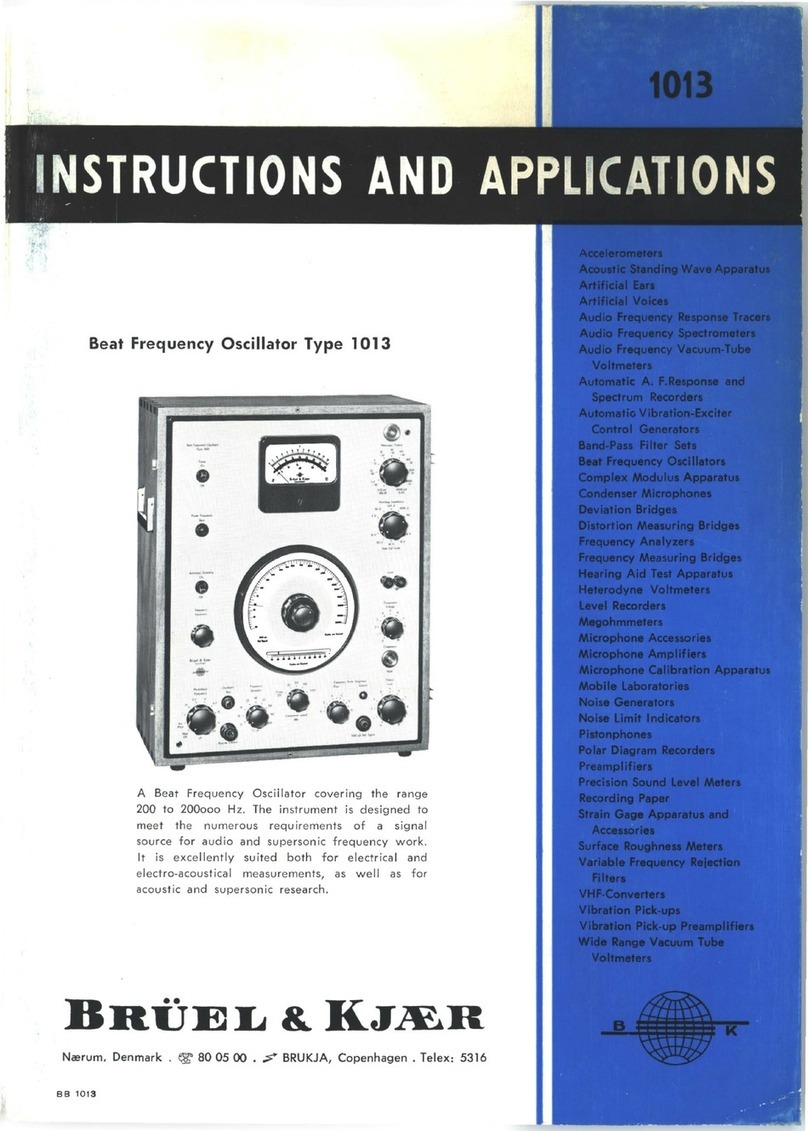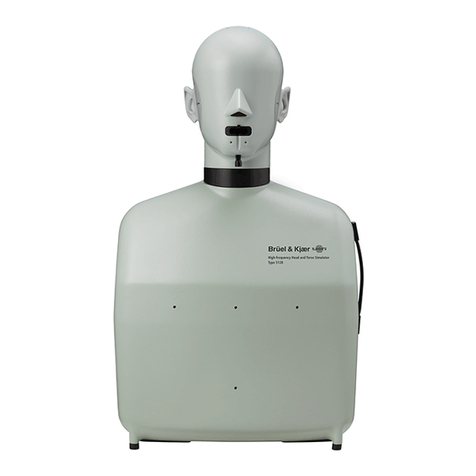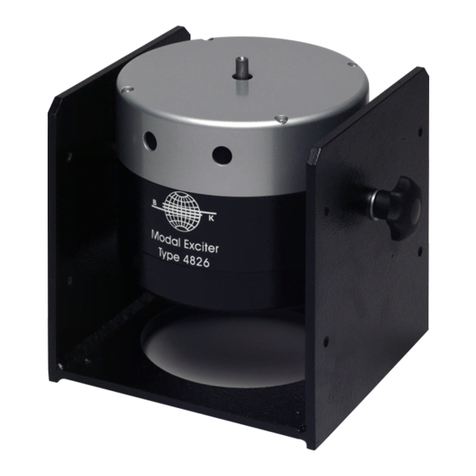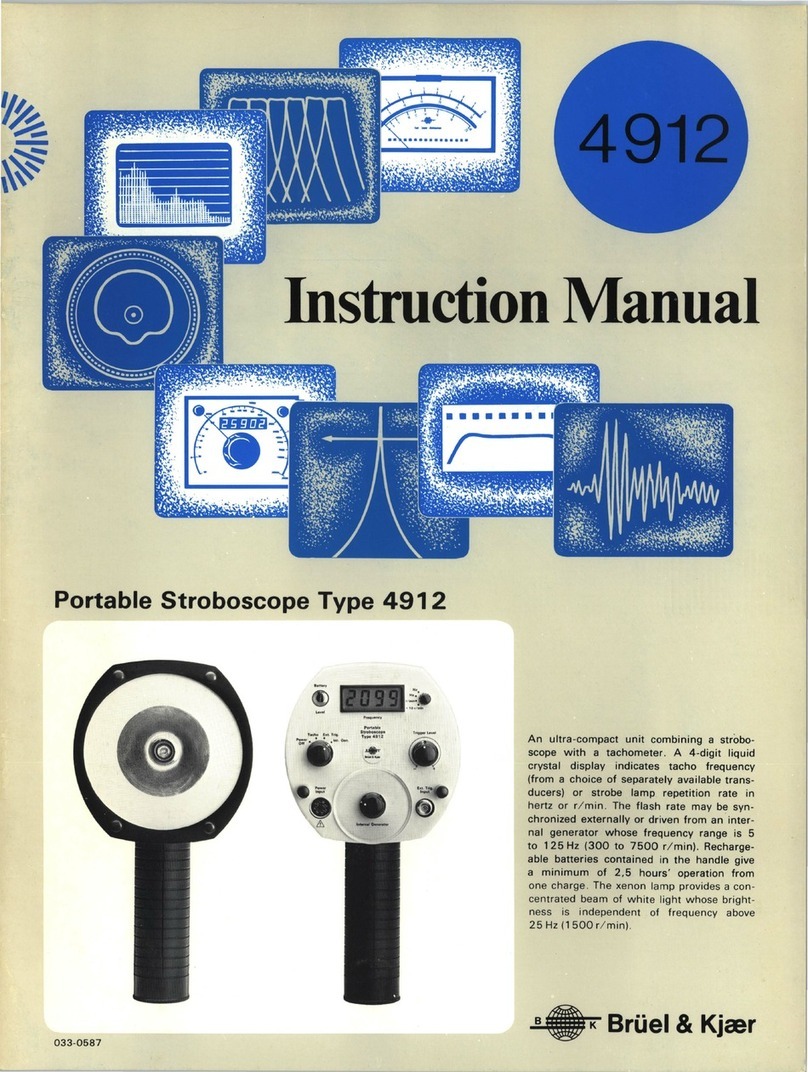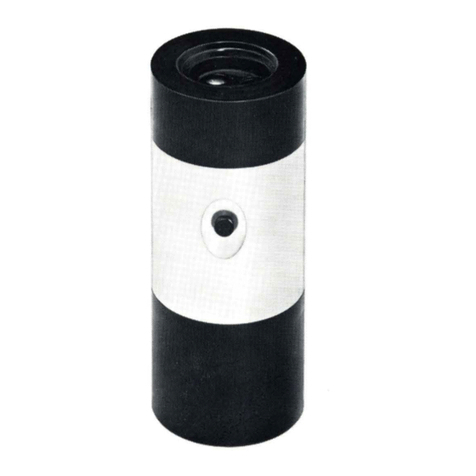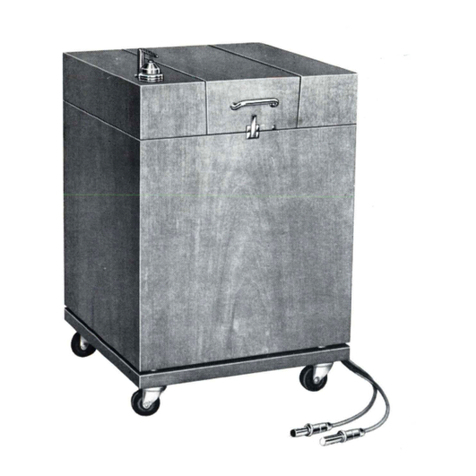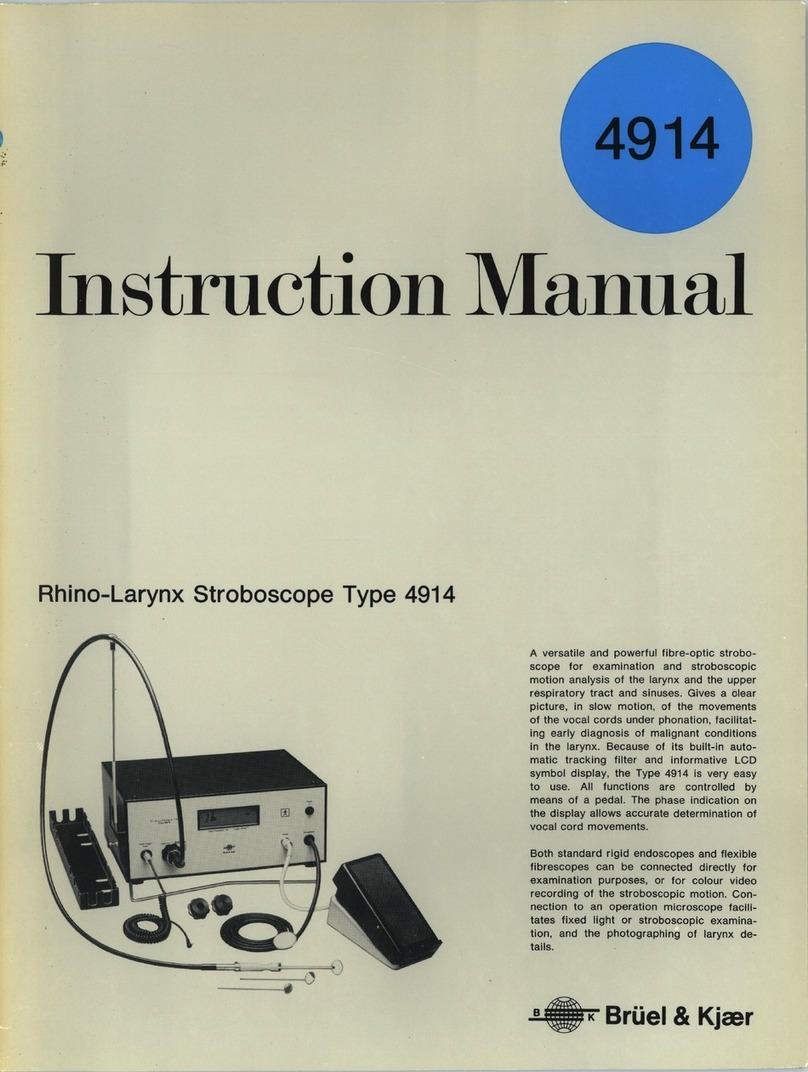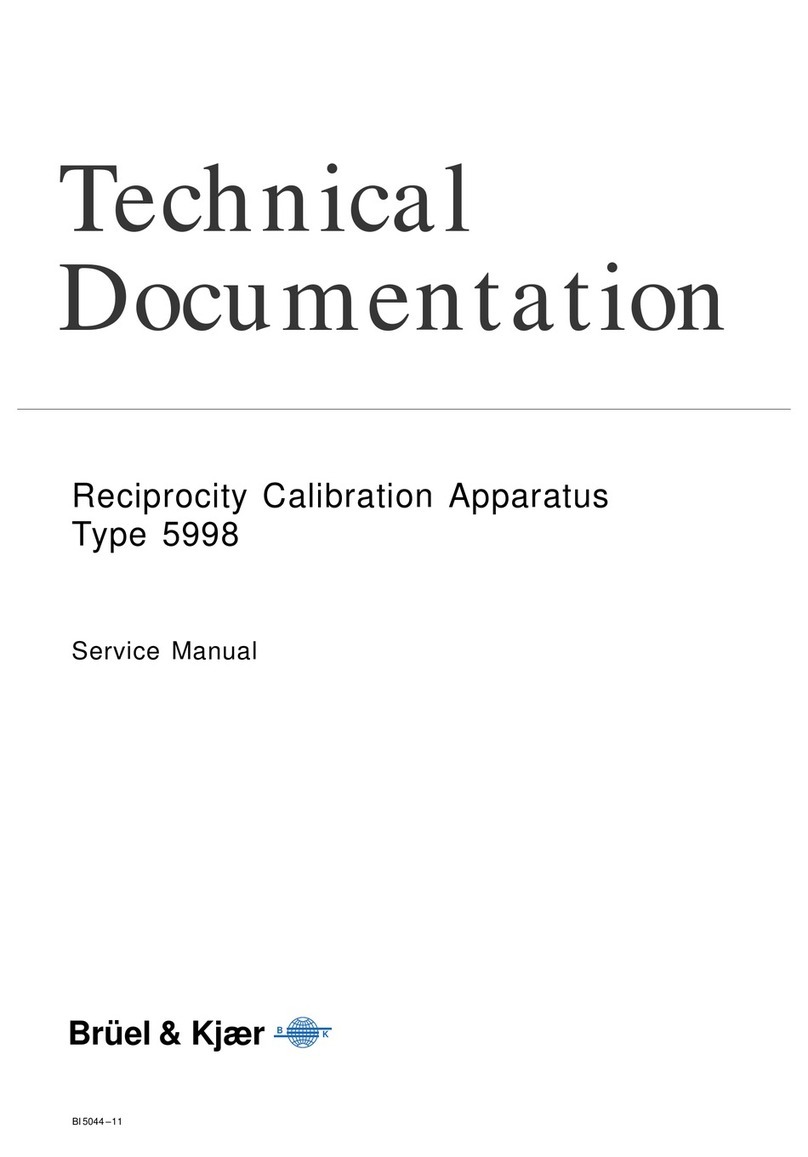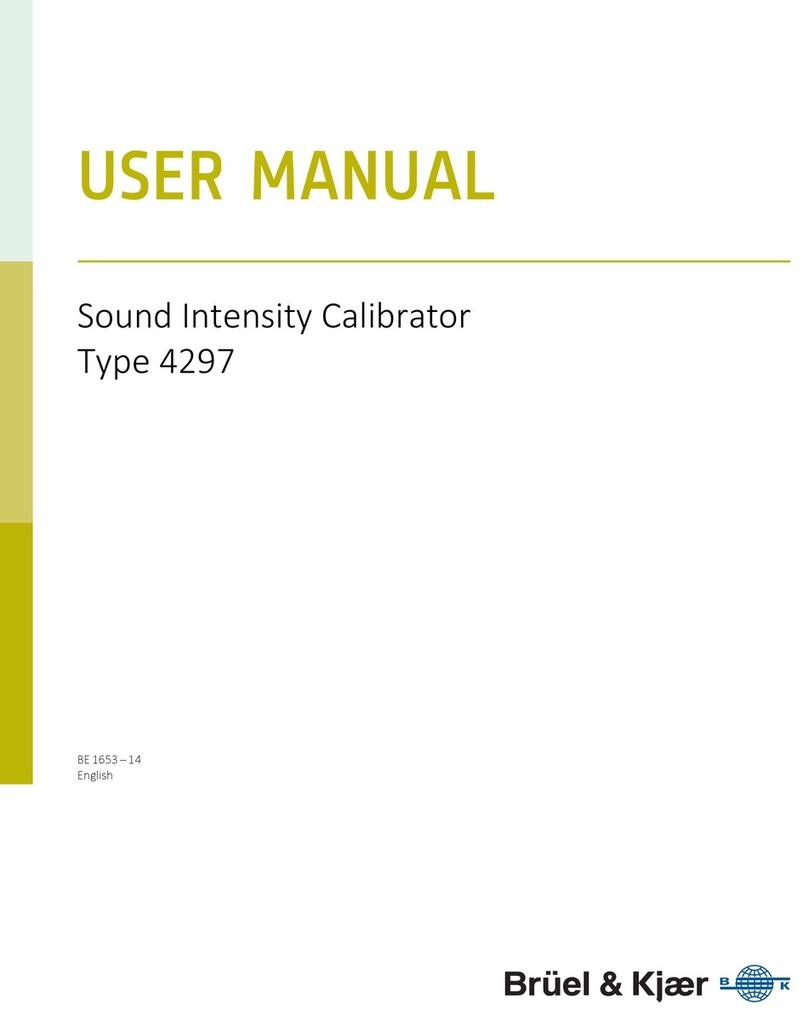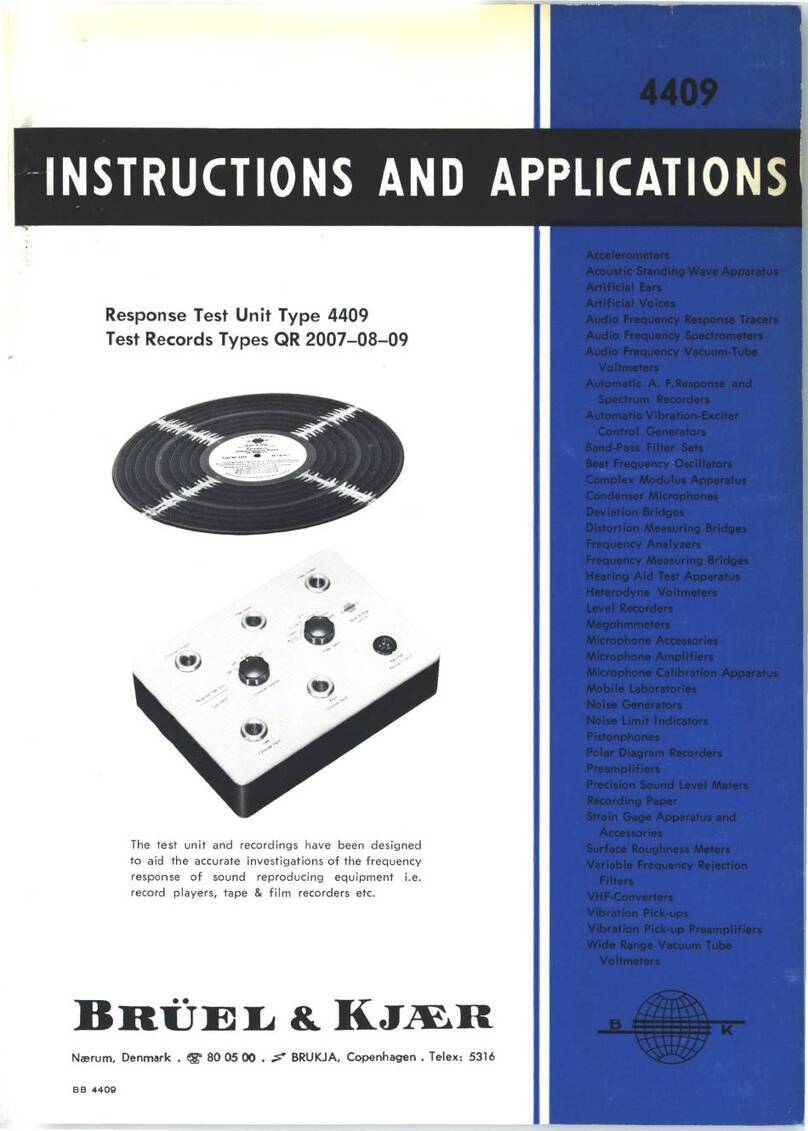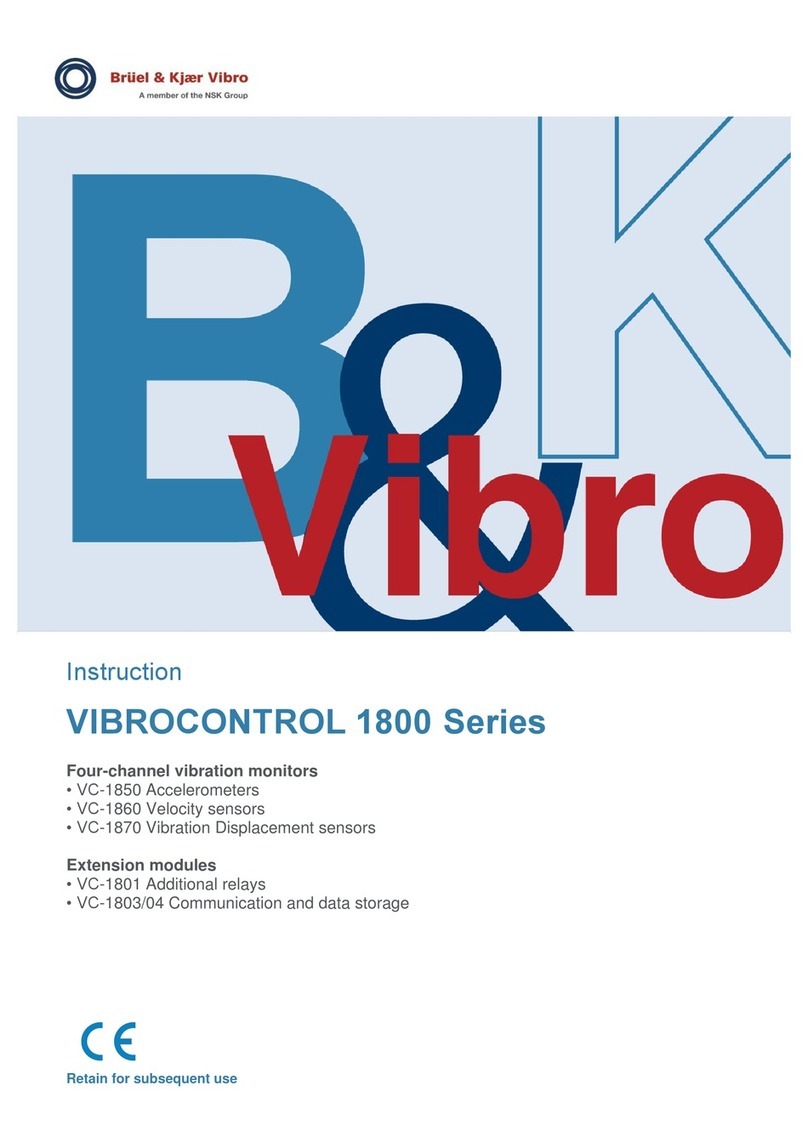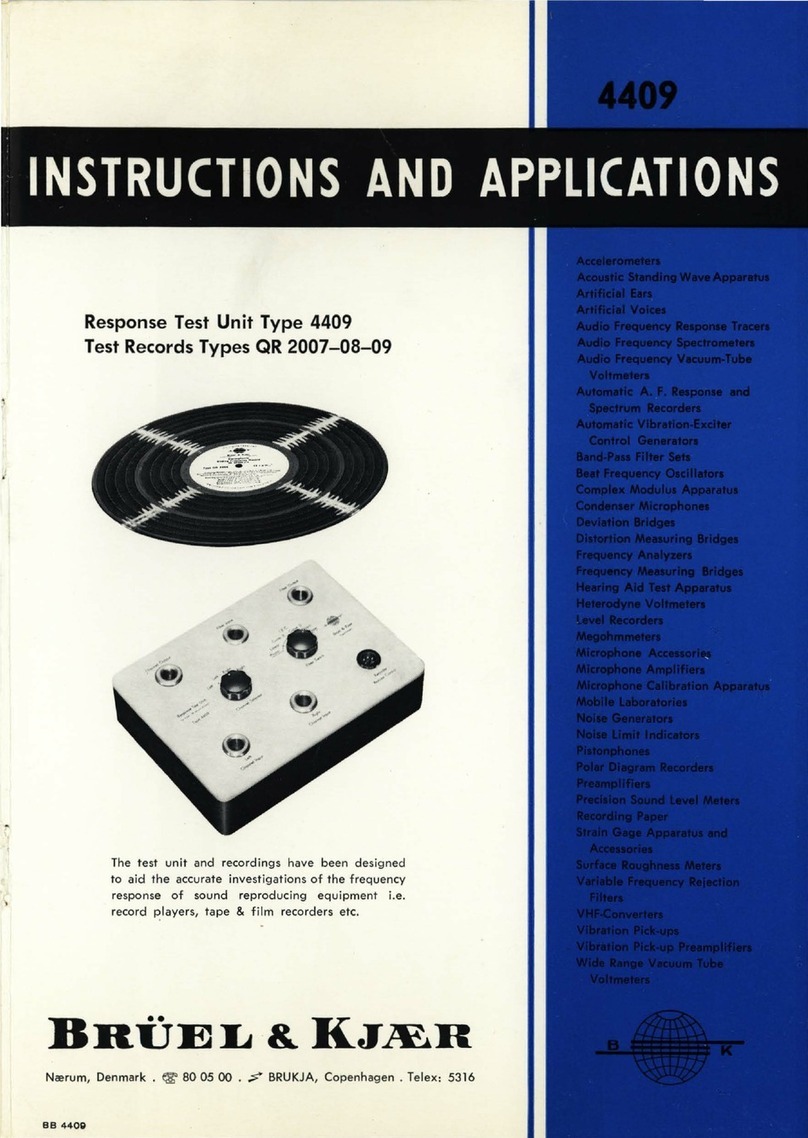CONTENTS
1.
INTRODUCTION
......
.
.............
..
...........
............ .. .......
..
.....
.
......
..
:................
...........................
5
2.
INSTALLATION
...........................
....
.
.......
.
........................
..........
......
...
.................................
7
2.1.
MECHANICAL
INSTALLATION
OF
EXCITERS USING
TYPE
4801
BODY .....
.............
...........
..............
.........
......
.........
........
......
7
Direct
Mounting
..
.............
.......
..
......
..
.....
.........
..
........
....
....
.............
......
7
Mounting
upon a
seismic
block................
............
..
.....
.. ..
.. ...
.....
...
.....
....
.. ..
7
2.2
. ELECTRICAL INSTALLATION OF EXCITERS USING
TYPE
4801
BODY
..........
..
................
......
..
................
..
..........
..... ..
...........
9
System
Interconnection
......
......
.
.........
..
..
........................
....
........
.. .....
.....
..
10
Fan
Motor
Fuses ..
..
...............
..
.......................
...
.......
....
......
..
.....
.......
.......
10
2 .3 . INSTALLATION
OF
EXCITERS USING
TYPE
4805
BODY
.................................................
....
...............
.. .. ..
12
3.
OPERATION
.....
..........
......
....
.
..........
.........
....
..........
..
......
.......................
.................
..
..
.....
....
13
3.1. PRINCIPLE
OF
OPERATIOI\J
.......
..
........
.....................
....
.....
..
..
..... .....
......
...
13
3.2
. SELECTION
OF
APPROPRIATE B & K EXCITER HEAD
...............
... ..
..
.........
13
Brief
Description
...........
...............................
.. .. ..
........
.........
......
..............
14
3.3.
MOUNTING
AND
REMOVAL
OF
EXCITER HEAD ...
..
...........
....
.. ..
............
..
..
15
4801
Body .
..............
.....
...........
......
......................
.......... ..............
..
........
15
4805
Body
...........................
...........
............
......
.............
.....................
16
3.4
. INSERT INSTALLATION
AND
REPLACEMENT
...
..
..........
.
............
.
..
.
......
16
3.5. FIXTURES
.......................................
..
......... .....
..
..
..............
..
.. .. ....
16
3.6.
MOUNTING
THE FIXTURE
AND
TEST OBJECT .............
..
.. .. .
.. ..
........
.. ........
..
17
Bolt
Patterns
and
Mounting
Screws
...
............
.....
.. .....
....
.......
....
..
.....
.........
17
Positioning
the
test
object
.......................................
..
..
.........
......
..
....
.. .
18
Externai
Supports
...............
.. ....
...............
....
.. ..
................
....
......
..........
.. ..
18
Electrical
connections
to
test
objects .
.......
...
..
.........
..
...........
.. ...
......
.
..........
19
3.7. POSITIONING THE EXCITER ....
...........
..
....
.. ...............
........
........
..
..............
19
3.8
. STATIC
LOAD
LIMITATIONS
.......
....
......
...
............
..
....
.
.......
.....
......
........
..
..
20
3.9.
PUSH RODS
.............................
.. ..... ....
.....
....
..............................
......
......
23
3.10.
START-UP PROCEDURE ...
........
...... .......
.......
.. .......
..
....... .....
........
.
......
....
24
3.11.
"EXCITER"
LAMP
INDICATION
...........................
...
.....
..
....
.
......
.
......
.. ..
..
....
25
3.12
. OPERATION
IN
HIGH
AMBIENT
TEMPERATURES ...
..........
..
......
................
25
4801
Body
.....
....
...............
.....
..
.... ....
.............
...... .
..........
........
........
25
4805
Body
........
..................................
.
.............
....
........
..
......
.. ...
....
......
25
3.
13.
REDUCTION
OF
RESIDUAL MOTION
.....
...
..........
.
....
...
.......
.
.............
..
....
.. . .
25
4.
DESCRIPTlON
OF
4801
EXCITER
BODy
...........
..
................
.....
...
....
.....
..............
......
...........
26
4.1.
THE
MAGNET
ASSEMBLy
..................
..
......
.. ..
....
......
.....
...
.....
....
.. ... ..
.....
...
27
Field Coils ....
..
..........................
..
............................
.......
..
........
.
..
...
....
...
..
27
Secondary
Bands
.. ......
..
... .
.. ..
.......... ..........
..
..
..
..
............
......
.. .. ..
....
..
........
27
Stem
............
.
..........
.. .. .
.....
..
..
.......
..
..
.......
...........
................
..
..
.
.............
27
Centre
Bowl
.. .
..
.............
.......
........
..............
......
..
...................
..
...............
27
Upper
Wheel
............
..
....
........
..........
.......
... ....
.....
......
.....
..................... ...
27

